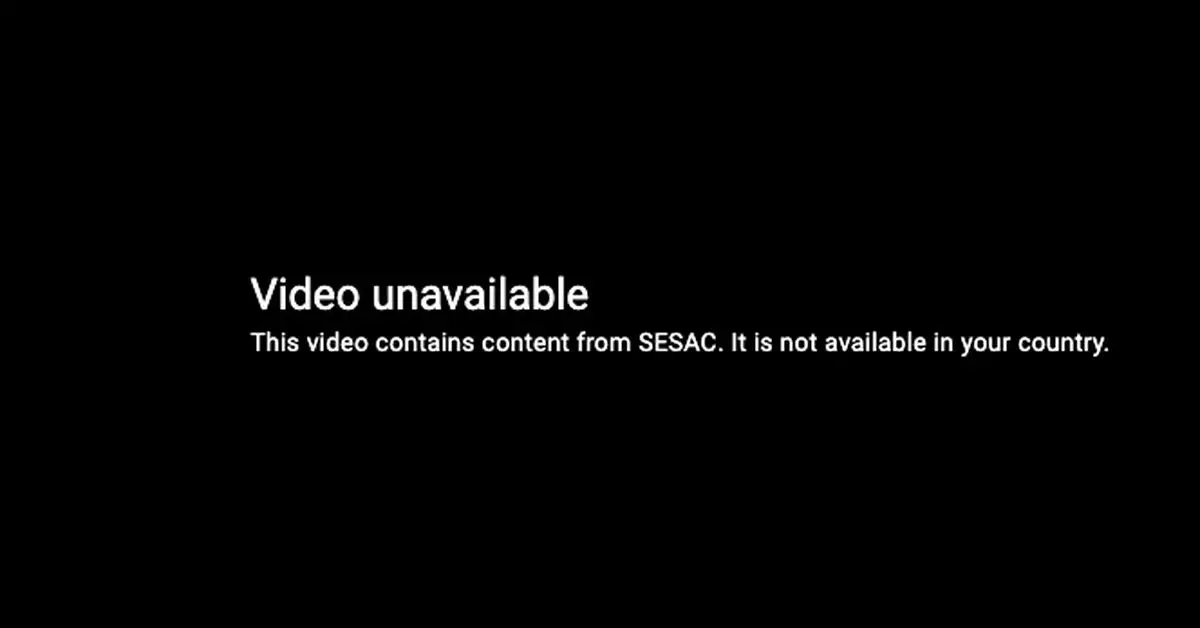In a surprising turn of events, YouTube and YouTube Music users were greeted with an alarming notification this past Saturday: “Video unavailable. This video contains content from SESAC. It is not available in your country.” This abrupt unavailability of popular songs from prominent artists, including Adele and Kendrick Lamar, has sparked confusion and concern among fans. As music listeners eagerly attempted to enjoy their favorite tracks, they found themselves facing a digital blockade. This leads us to two critical questions: What is SESAC, and when can audiences expect their beloved tunes to return?
Established in 1930, SESAC, or the Society of European Stage Authors and Composers, is a performing rights organization (PRO) that has established a niche within the vast landscape of music licensing. With a portfolio that includes over 1.5 million songs attributed to 15,000+ songwriters and publishers, SESAC operates on a scale that, while smaller than its more prominent counterparts like BMI and ASCAP, still encompasses a plethora of high-profile musicians. SESAC’s predominance grows even stronger after its acquisition by the private equity firm Blackstone in 2017, enhancing its influence and operational dynamics within the music industry.
Tracking the Music Ban
Determining the timeline for the restoration of SESAC-licensed music on YouTube is proving to be a challenging endeavor. SESAC’s comprehensive database offers a directory of its repertoire, though the absence of some songs does not imply an all-encompassing ban. For instance, while “Power” by Kanye West is currently unplayable, the music video version remains accessible, showcasing the inconsistent nature of this licensing issue. This discrepancy raises concerns not only about the challenges in content management but also about the greater implications of how copyright disputes can impact the consumer experience.
In the wake of widespread user inquiries, YouTube has acknowledged the situation. In a statement provided to The Verge, spokesperson Mariana de Felice elaborated on the scenario: “We have held good faith negotiations with SESAC to renew our existing deal. Unfortunately, despite our best efforts, we were unable to reach an equitable agreement before its expiration.” This admission highlights the precarious nature of licensing agreements in the digital age, where the intersection of technology and copyright law can dictate content availability.
The Bigger Picture
The SESAC incident is a glaring example of the complexities tied to copyright regulations and digital media consumption. As more users turn to platforms like YouTube for music and entertainment, the interplay between content creators, licensing organizations, and streaming services becomes increasingly vital. The outcome of ongoing negotiations between SESAC and YouTube will not only dictate the return of music to the platform but may also set precedents for future licensing agreements in the industry. For now, music lovers are left waiting, hoping for a resolution that restores their access to the songs they cherish.

